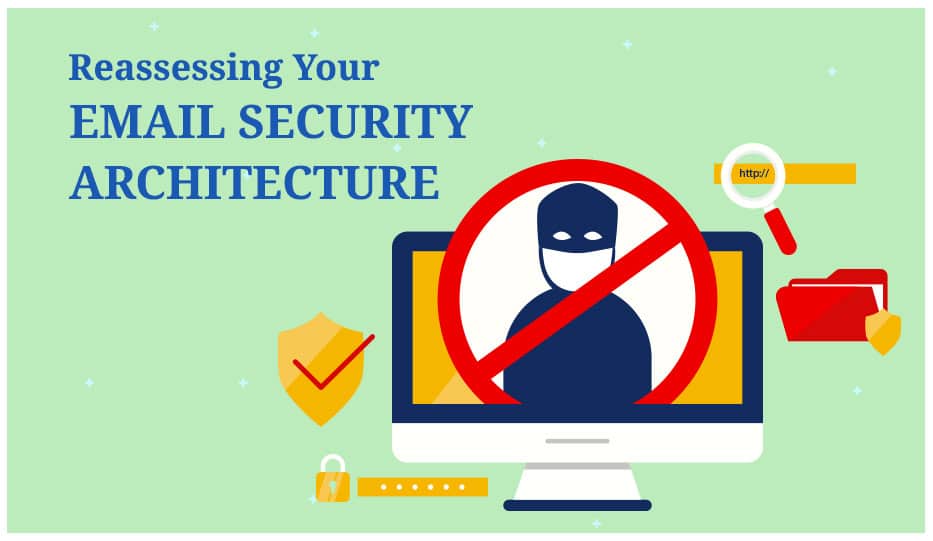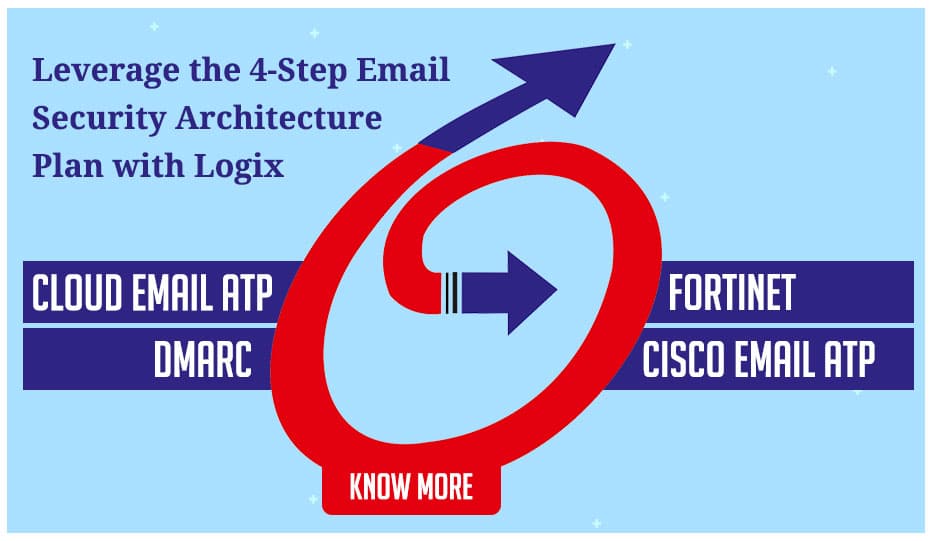
Over the past several years, early-stage detection and response to email threats have saved multiple organizations from severe disruption. However, being able to see the hints of an email infiltration from a mile away is a luxury that is only afforded to those who have thought through and planned their email security architecture.
In this article, we are therefore looking at ways you can optimize your email security architecture to detect and prevent phishing and other email threats.
Building a potent email security architecture
An effective email security architecture has the ability to:
- Detect email threats in the early stages.
- Automate the elimination of email threats that are detected.
Here are the 4 security tools to leverage so you can build an effective email security architecture.
A Secure Email Gateway
A secure email gateway (SEG) does the job of scanning each and every email, both inbound and outbound. Its role is to determine if an email contains potential threats. An SEG can raise alerts if it finds messages containing malware, spam, or virus-infected links / attachments.
Integrated Email Security Solutions
Today, the biggest pain point for email security teams is visibility, because of remote work and multi-device accesses. Therefore, IT teams need integrated visibility and control over the diverse devices and networks being used to access email servers.
You can benefit from an Integrated Email Security Solution (IESS) as it continuously assesses the email risks your organization is vulnerable to as a whole. IESS tools are now equipped with AI-ML technologies that can automatically upgrade themselves against emerging threats and also categorize email sender behaviour to identify unsafe ‘profiles’ which are maintained in a database.
Over time, an IESS evolves its database so it has more elaborate data to compare against, so that every inbound email can be scanned against wider data points.
Email Authentication Protocols
Email authentication involves ascertaining the validity and true origin of an email. Email authentication is the primary first line of defence against email domain spoofing attacks and fake email addresses.
With strong email authentication you can ensure an email actually originated from the address it displays in the from field. If there is a discrepancy in this address, mails are flagged and instead sent to the spam folder.
The introduction of the BIMI technology is a major step in eliminating such threats once and for all and it should be included in your email security architecture at the earliest.
Endpoint Security
There are office machines, home laptops / PCs, mobiles, tablets, public networks, mobile hotspots, and remote networks in IT architectures today. Each of these endpoints is a vulnerability that hackers can exploit.
Once a hacker gains unauthorized access to an email account through any of these, it’s open season for fake mails, fraudulent requests for money transfers, phishing, and spam.
This is where endpoint security steps in. It can detect and block unauthorized access to email systems via any of the endpoints. It can flag an entire device which it deems to be a potential threat, so that ill-intentioned users are blocked from accessing email from it.
Leveraging the human component
These were the 4 tools to optimize your email security architecture. However, one aspect of email security you shouldn’t ignore is the human component. You can absolutely revamp your email security by boosting the security awareness and capabilities of your employees who are the actual users of your email systems. You can do this by conducting employee training sessions, instituting access and password policies, and having a cyber response team coach all employees on response tactics in case an email attack does get through.
